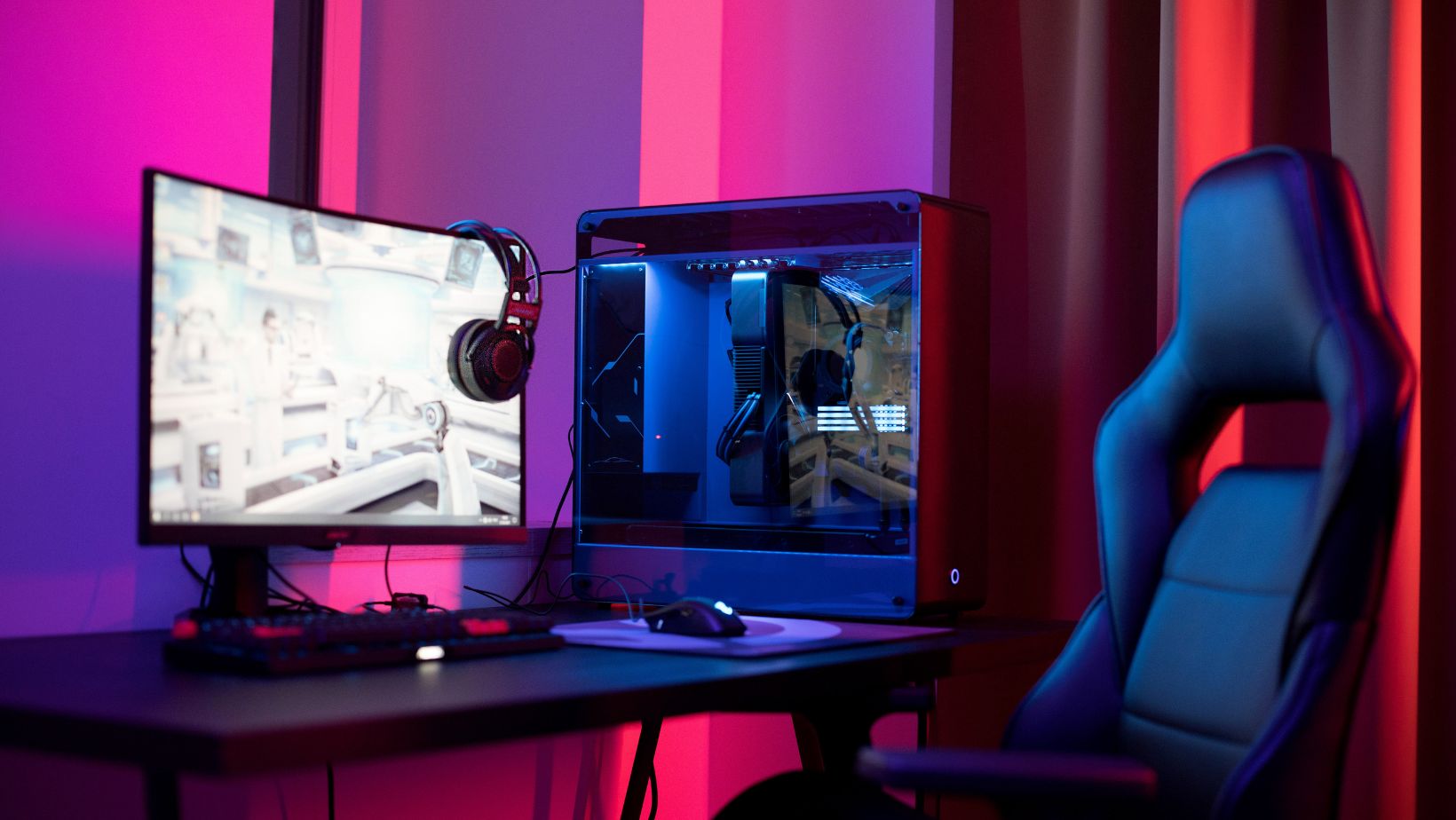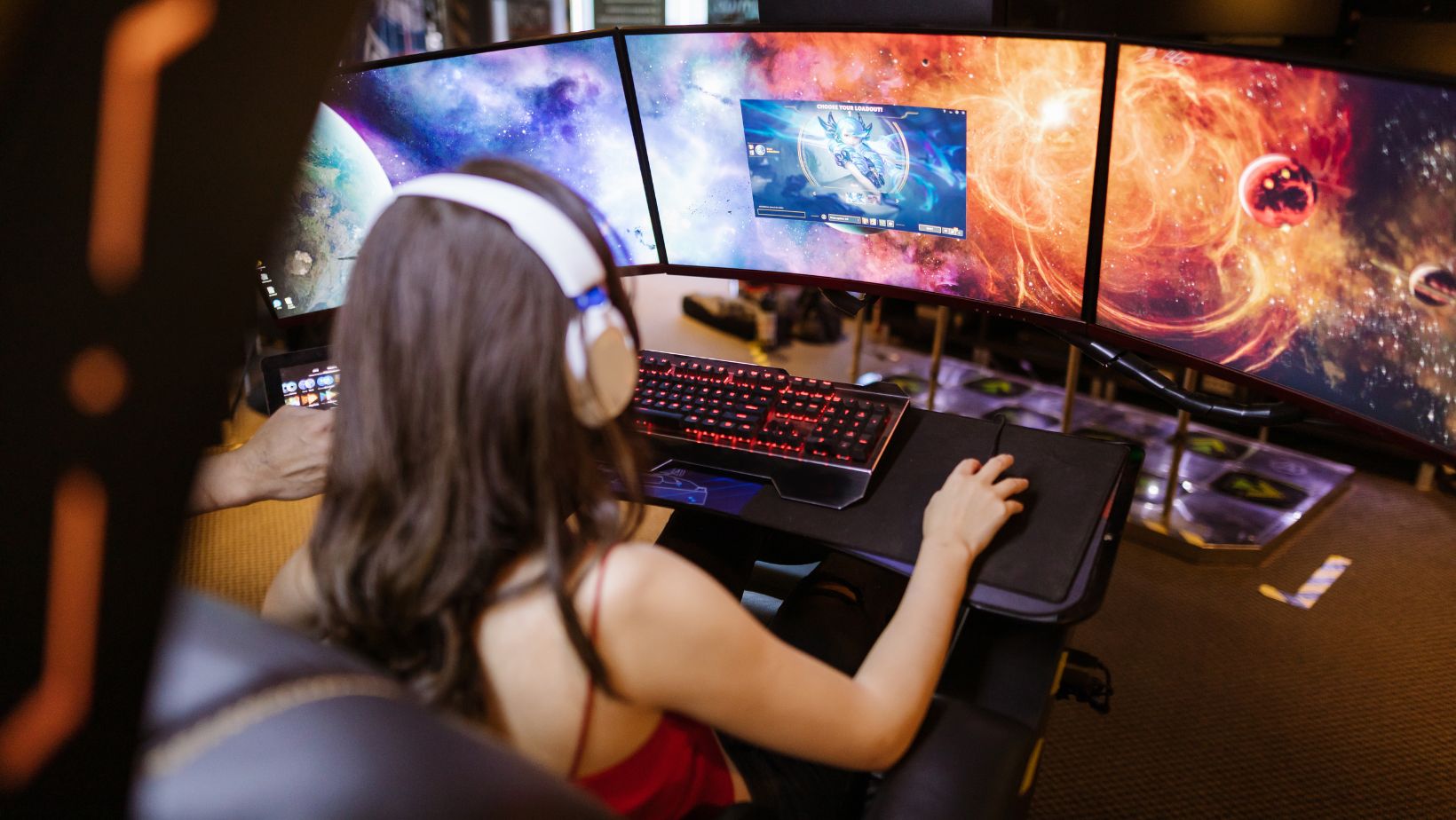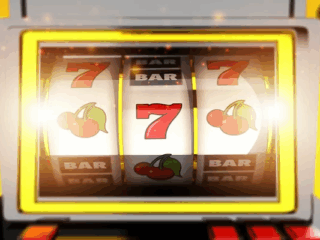
It might seem strange to some that an industry that’s still as young as gaming should be finding itself in a wave of nostalgia. But things do move fast and games that were truly state of the art a few years ago now seem hopelessly outdated. So everything from the graphics to the sound design have evolved out of all recognition, as has the gameplay itself.
Fortunately, there’s a a strong movement to not just keep the old games alive, but also to enhance them using technology that simply wasn’t available when they were first released. Perhaps we shouldn’t be so surprised that there’s this appetite for revisiting the old through a modern lens. After all, many movies are released in new formats as well as with the edit the director wanted if only the studio bosses hadn’t got in the way.
The same’s true of classic albums which can now be remastered and digitally enhanced to create an altogether different listening experience. And behind everything there is the backdrop of changing tastes and sensibilities that need to be catered for if the game, movie or music is going to not just be appreciated but positively welcomed as well.
The Modding Way
Ironically, the skill of modding that’s doing so much to breathe new life into old games has a history that reaches back to the earliest days of PC gaming. In the 1980s it was not uncommon for gamers with the technical skills to take a deep dive into modifying game programs to make their own tweaks. Classic examples of this included games like Castle Wolfenstein and Zork and in the following decade the phenomenon really started to take off.

The game developers were complicit too so when Doom was released in 1993 it came with a game engine that anyone could tinker with and even offered the opportunity for people to develop their own levels in the game. Since then countless games have had their effective lifespans extended thanks to modders. Games like The Elder Scrolls v: Skyrim and Half Life have been standout examples. In the case of the former it was the Enderal mod that was the quite literal game changer. This created a whole new game including a new narrative and characters. Most importantly, it brought back former Skyrim gamers who had believed it had no more to offer them.
The Multiplayer Connection
Many games had huge multiplayer communities in their heydays which, inevitably, shrank over time. But the growing modding communities have done a great deal to reverse this trend. Back in the 1990s Unreal Tournament and Quake were two of the biggest shooter games around and had player communities to match. But the era of the battle royale saw their grip on players’ imaginations start to slip. Now the addition of modder’s fan-created tournaments have seen the trend reverse.

The new game modes that have been added find a parallel with online blackjack in Canada where the old game is being presented in new and different ways by casinos including the sorts of tournaments that traditional gamers would easily recognise. The rise of live streaming has taken online blackjack from strength to strength, as players can now interact with the dealer, enhancing the authenticity and excitement of the game. While some players still opt for the traditional version of the game, the option to play live definitely revived it.
No analysis of the role of multiplayer communities in bringing games back to life would be complete without a mention of Warcraft III. Its Defense of the Ancients mod not only revived the game, it also gave rise to the whole MOBA phenomenon and has had huge ramifications for eSports too.
Challenges To Be Overcome
This isn’t to say that there aren’t a number of challenges that modders face when trying to update a heritage game. The most significant of these comes in the form of intellectual property rights or, more precisely, the risk of infringement. While some developers take a fairly free and easy approach, others most certainly do not. A good example of this came when Nintendo’s lawyers issued a cease and desist notice to modders who were trying to rejuvenate Project AM2R.
There are also significant technical challenges. For some games it’s simply not possible to adapt the existing code to play on modern consoles or PCs, although some patches have been developed to overcome this issue.
Musing On The Future
AI is the topic that’s front and centre these days so it’s not surprising that this is also having an increasing role to play in reinvigorating old games. Microsoft has some controversial plans to use its new AI tool Muse to do just this. But there are fears that this will be an ethical and legal minefield as it uses machine learning to take from copyrighted material without permission.
There is also the question about whether the results will be quite as effective as those instituted by a real living and breathing human modder. Either way, we are in an age where the old can now have the appeal of the new, however that result is achieved.



